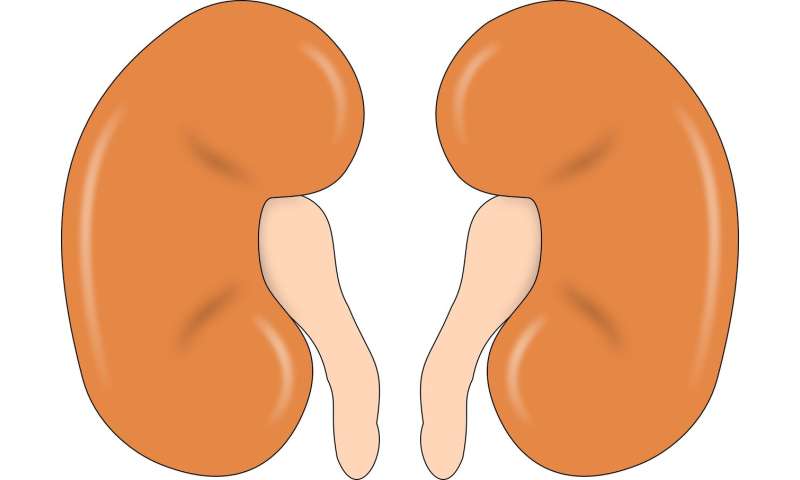
Fewer women than men receive kidney replacement therapy, such as dialysis or kidney transplantation, and a recent analysis from Europe reveals that this difference has remained consistent over the last 5 decades and across countries. Additional studies are needed to determine whether these findings, which appear in an upcoming issue of CJASN, are related to biology, access to care, or other reasons.
To examine sex differences in kidney replacement therapy over time, a team led by Manfred Hecking, MD, Ph.D. and Marlies Antlanger, MD (Medical University of Vienna, in Austria) analyzed data from 9 countries reporting to the European Renal Association-European Dialysis and Transplant Association (ERA-EDTA) Registry during 1965 to 2015.
The study included information 230,378 patients (39% women). Although more women than men are affected by chronic kidney disease, the incidence and prevalence rates for all types of kidney replacement therapy were consistently higher in men than women (at approximately 60% vs. 40%). Male-to-female ratios increased with age, showing consistency over decades and for individual countries, despite marked changes in the causes of kidney disease (with diabetes becoming a major cause in recent decades). The male-to-female ratio was higher for kidney transplantation in diabetic patients. Also, the proportion of kidney transplants decreased less with age in men compared with women on kidney replacement therapy.
The investigators do not have a clear understanding of the reasons for the disparities they observed. “The supporters of biology as the root-cause of why fewer women than men initiate dialysis may now state that the phenomenon is so stable, it has to be biological. And the supporters of disparity as the root-cause of why fewer women than men initiate dialysis may now state that disparity is just a constant obstacle, which simply has not been overcome yet,” said Dr. Hecking.
Source: Read Full Article
